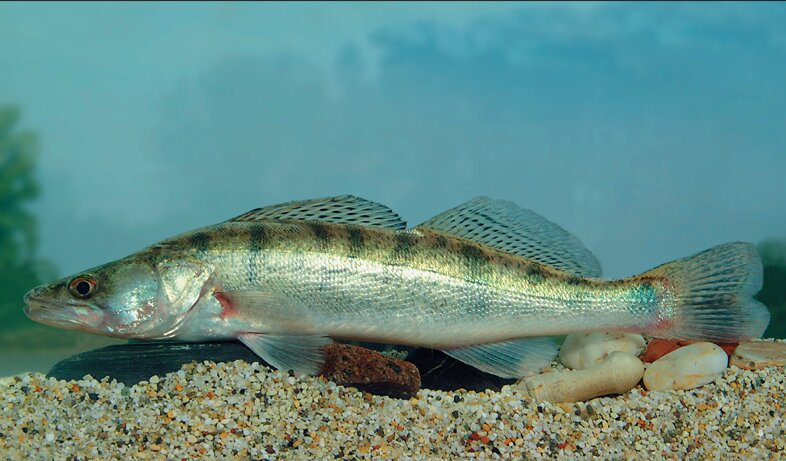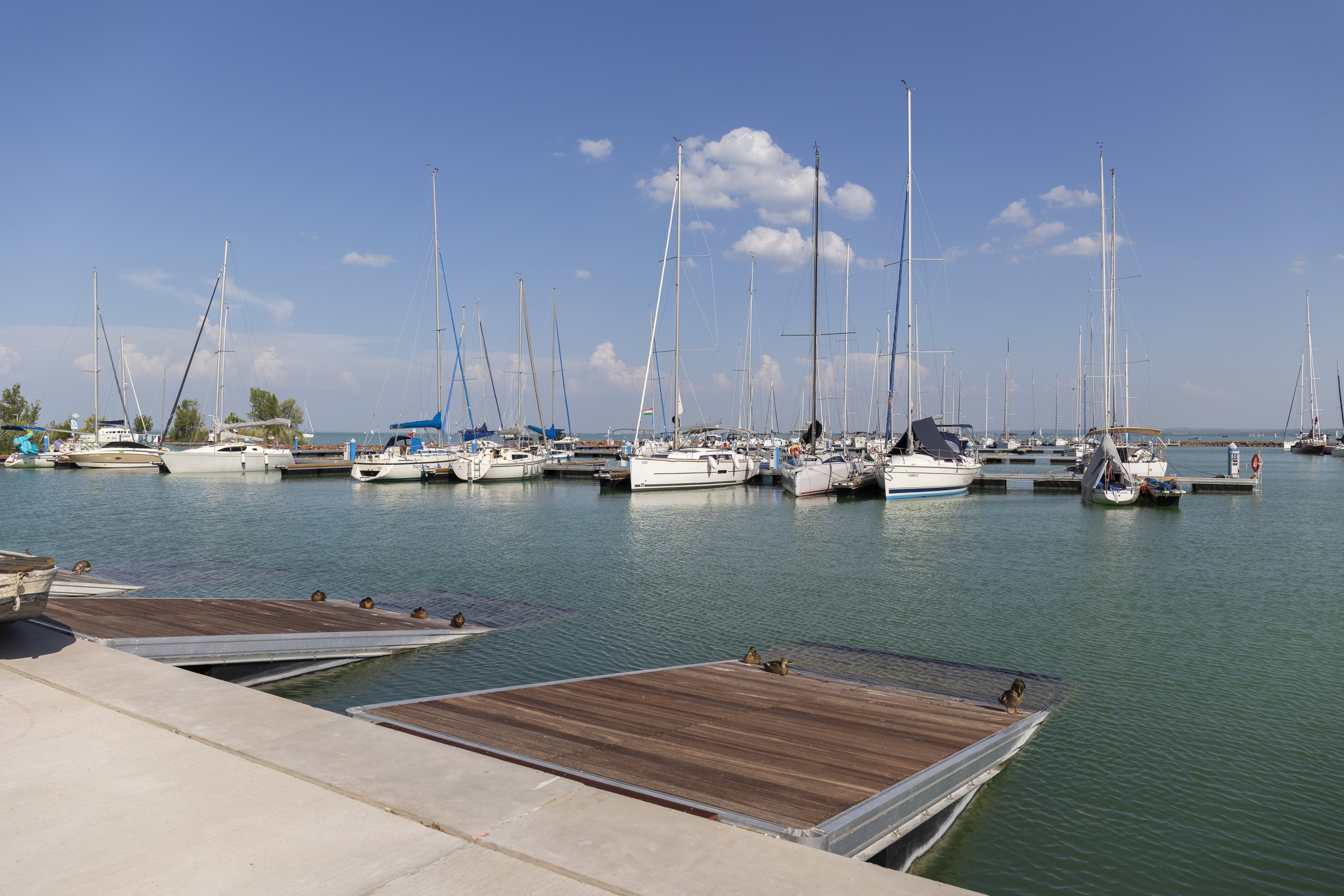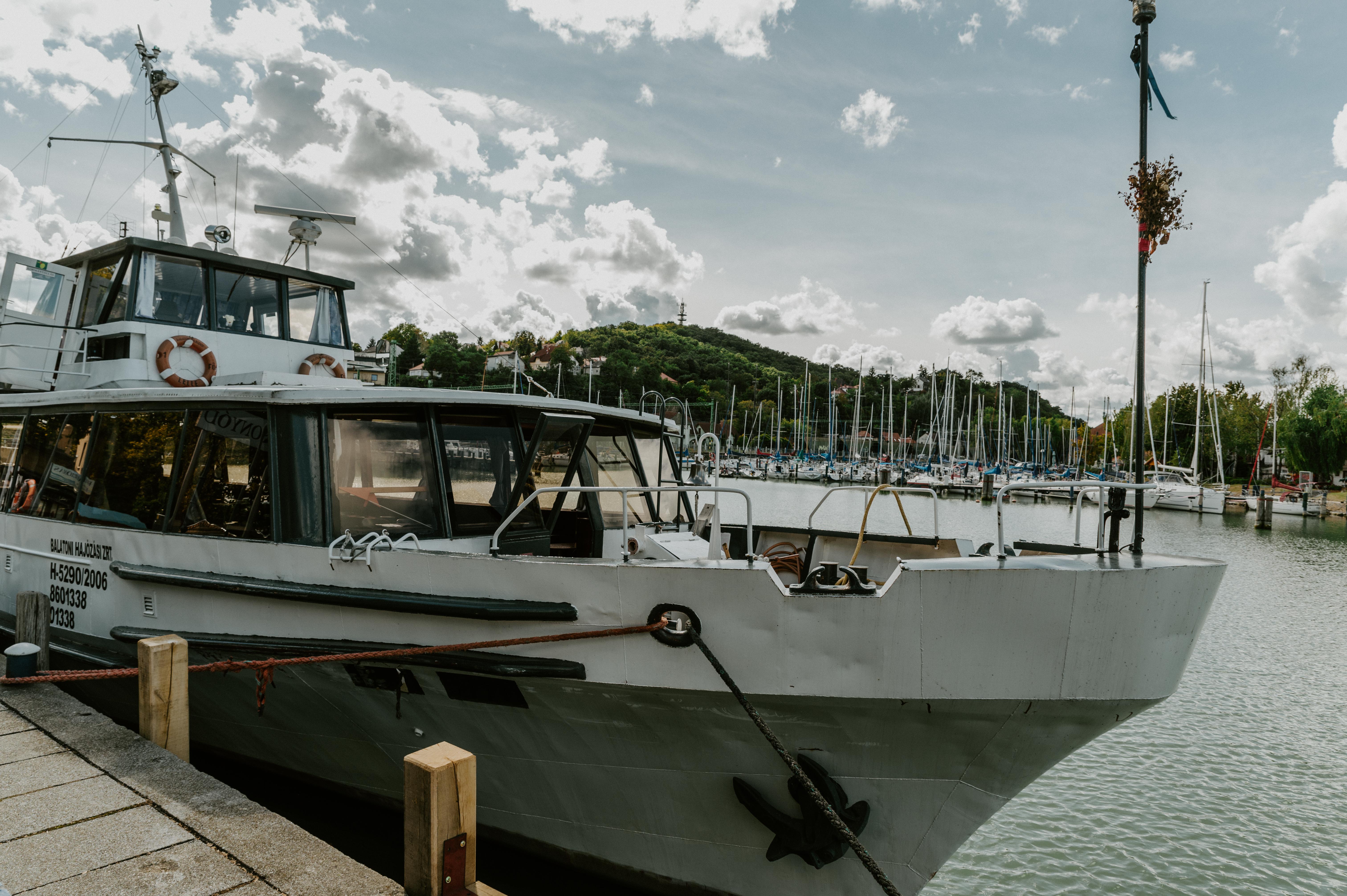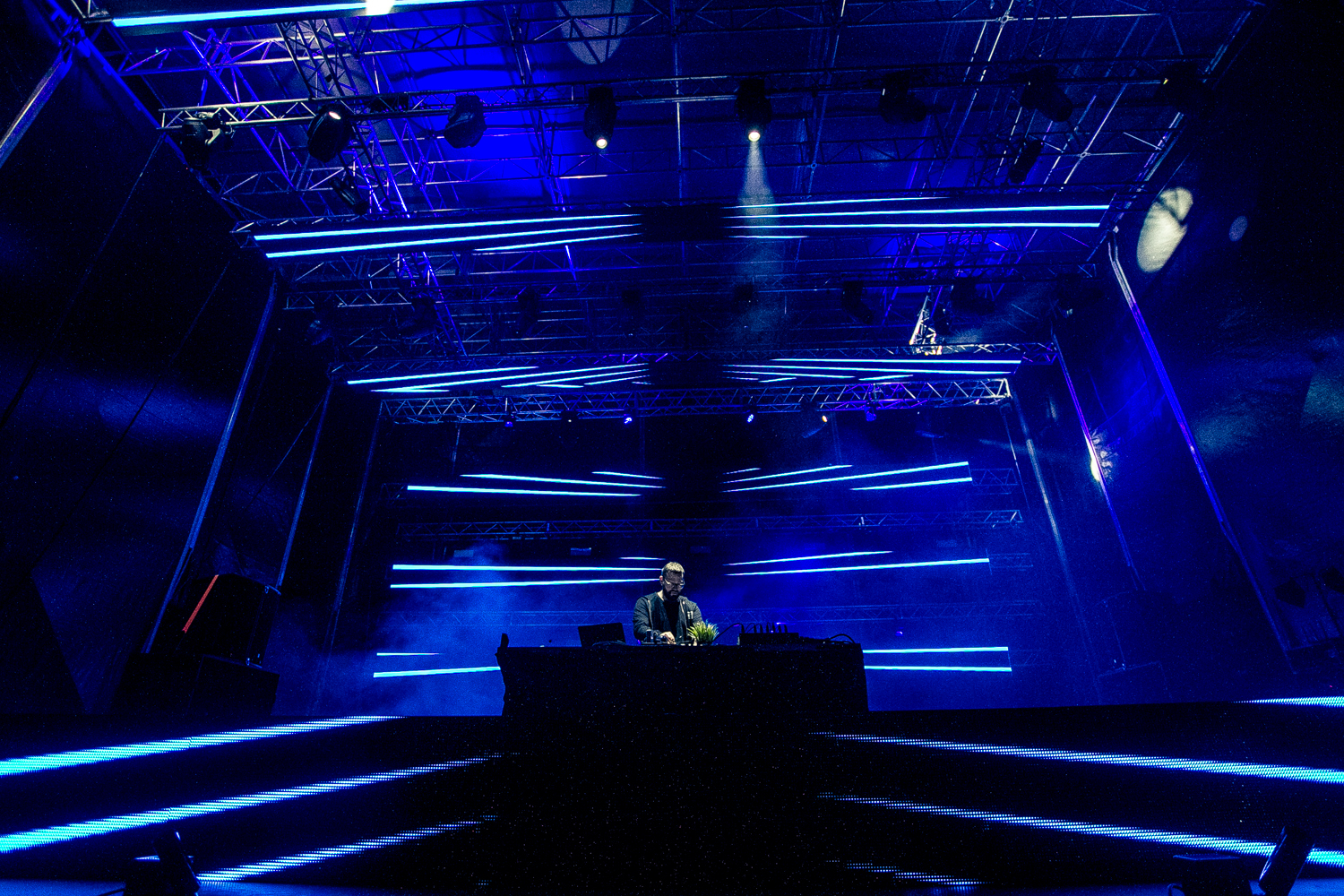Zander fried whole is one of the most sought-after dishes of the fish fry joints by Lake Balaton, but only a few know more about this elegant-looking fish, such as its history, whether it is caught in the Lake or comes from the freezer, or if you'd have to look out for bones when eating.
A shy predator
Although zander thrives in water with low visibility, hiding close to the waterbed, the species has had its own festival since 2006 - longer than the Balaton Sound. You can discover the everything about this fish at the autumn Szigliget Zander Festival, but this year, it also appears as a special guest at the 3rd Budapest Fish Festival.
Zander is often called pike-perch (based on resemblance) and it can be found from the British Isles to the middle of Russia, but not in Western or Southern Europe. This predator thrives in living waters that are clear of pollution but rich in oxygen - hence, if you catch sight of zander in the water, you are safe to go for a dipping. It is a highly sensitive species, so in case pollution is setting in, it leaves the area faster than a Balaton storm, else it's dying in masses. It prefers slow-flowing rivers and lakes, but is also found in brackish waters.
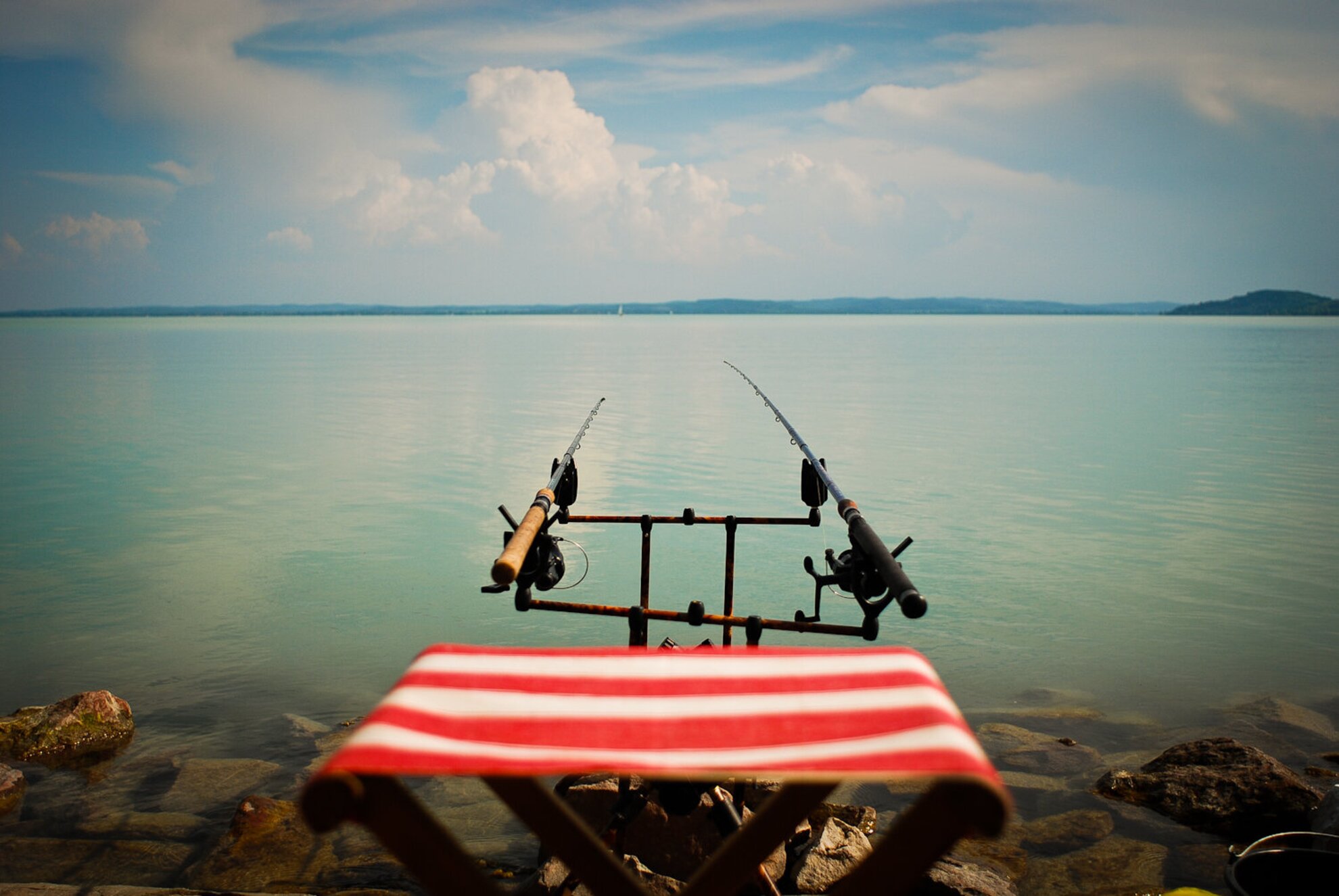
A treasure hard to come by
Zander is one of the most valuable and most sought-after fish in Hungary, and it is the most popular of Balaton's 40+ fish species. About a year ago, Origo wrote that the French consider Balaton's zander the best in Europe. Its meat is snow white, light and really delicious, and last but not least, it is almost boneless.
Balaton's zander population dropped significantly in the 1960ies, because the vermicide used in the surroundings was washed into the Lake by record-breaking rains. The population hasn't completely recovered since, due to the effects of the introduction of various fish - this is why specimen smaller than 30 cm must be released back into the water and you can only take 3 zander home per day. Lake Balaton is still the water richest in zander in Hungarian comparison.
Due to current restrictions, buffets and restaurants around Lake Balaton are constrained to buy zander fro elsewhere; it seems that fishing activities will be on hold for longer yet.
The Kistücsök Restaurant, for instance, uses fresh fish only: they buy zander from Lake Fertő, although the species is currently not on the menu. 'it is hard to come by,' explained the onwer of Kistücsök, Balázs Csapody. The suppliers can hardly fulfil the demands if they can at all. You can still fish as a private person, but note that you'll need to get the necessary permissions and comply with the regulations in effect.
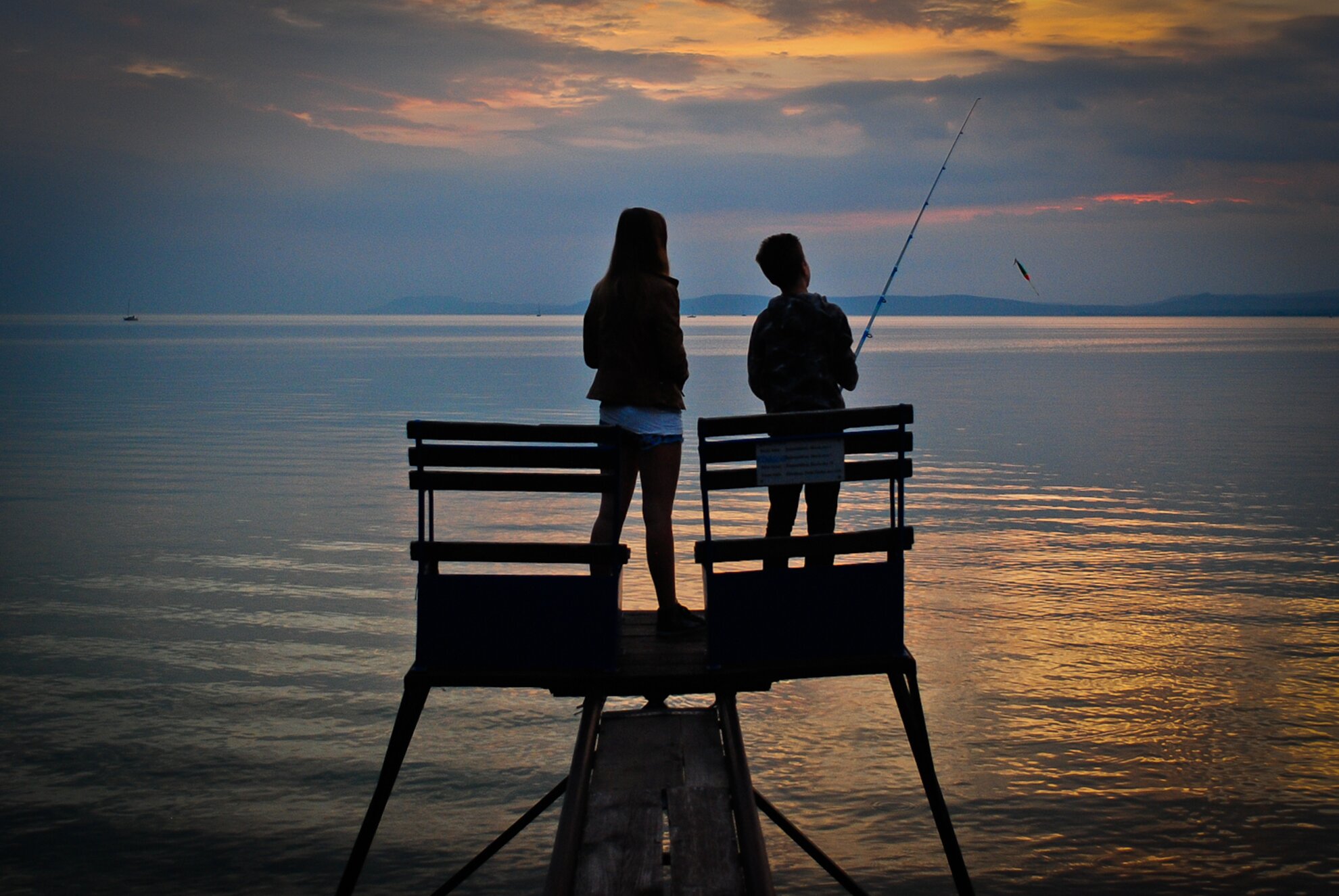
When even angling is out of question
If you're thinking about recreational fishing, you need to know that zander spawning begins in March, so their fishing is strictly banned between 1 March and 30 April. As for the rest of the year, fishing for zander is allowed; you can catch them during the day in spring and autumn, and in the morning, afternoon and at night in the summer. They are also biting during cloudy, rainy summer days, so they can serve as the perfect alibi for lounging on the lakeshore in museum weather. Balaton frozen over is perfect not only for skating but for ice fishing as well.
In addition to size limitations and closed seasons, you must also know that the fishing regulations on Lake Balaton in 2015 states that it is strictly illegal to sell or financially barter the fish or to give it away on the shore.

